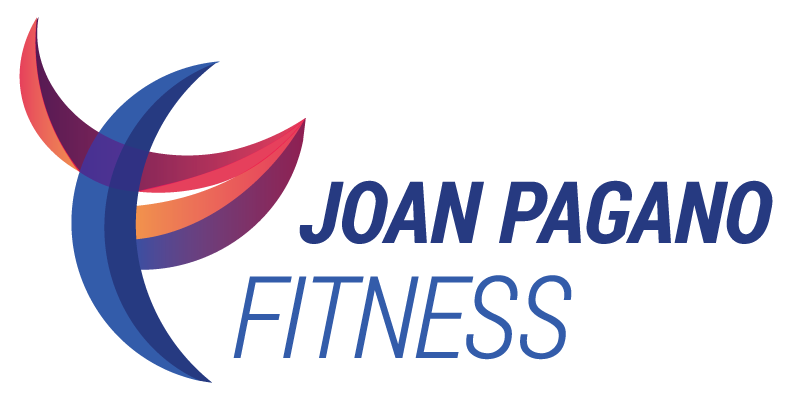Strength Training by the Decade
Strength Training is Key:
Strength training sculpts the contours of your body and strengthens the bones within. By building lean body mass, it boosts your metabolism and your energy levels, making you resistant to the slow down that occurs with age.
A well-designed exercise program that includes weight training will impact your weight, health, fitness and well-being for decades to come.
At 20:
A 20-year-old woman who does not lift weights will lose about 6 pounds of muscle and gain 5 pounds of fat by age 50. Even though you maintain your weight perfectly over time, if you do not lift weights your lean body mass begins to decline and your body fat increases.
What is “skinny fat”? Body composition refers to the quality of your weight (what proportion of your weight is fat) as opposed to the quantity of your weight (total pounds).
The scale cannot differentiate between fat pounds and muscle pounds, so someone who appears to be thin can qualitatively be measured as being “over fat.” Generally the quality of your weight is more important to your overall health than your scale weight.
At 30:
Strengthening the muscles benefits the bones as well. Now is the time to put “bone in the bank” to fortify against the natural loss of bone that occurs gradually with age.
By age 25-30 you’ve achieved your peak bone mass, the highest bone content you’ll have in your lifetime. Although bone continues to renew itself, from this time on you will experience a natural decline in bone density which accelerates at the time of menopause before leveling off again.
The best bone-building exercises maximize the load to the bones with a progressive (i.e. gradual intensification) program of weight bearing aerobic exercise and weight lifting.
Assuming your joints are healthy, you should aim for high impact aerobic exercise (defined as activities in which both feet are off the ground, such as running, jumping rope or gymnastics) and high intensity weight training, using the heaviest weights you can lift in good form for 8-12 repetitions.
At 40:
Turning 40 is a wake up call, as many women begin to notice changes in their bodies that sound the alarm.
You may be perplexed by creeping weight gain and stubborn belly fat. At around age 40, most women start to lose bone and muscle mass causing a decrease in metabolism of about 3% every decade.
Strength training keeps you lean by building muscles. Lean body mass is metabolically more active than fat, burning more calories as you breathe, digest food, even as you sleep.
Each pound of muscle that you gain raises your metabolic rate by about 50 calories per day, so if you were to gain 6 pounds of muscle instead of losing it (as in the example of the 20 year old above), you would burn 300 more calories each day.
At around age 45-50, you start to lose about 1.5% of strength each year, or about 10% per decade.
Eventually, the loss of muscle fibers causes you to slow down, lose strength and energy. Strength training is the best way to restore muscle and revitalize your energy levels, and yet only 10% of Americans even claim to be doing any strength training.
At 50:
What causes midlife belly? The average weight gain during perimenopause is 10 pounds, and there is a natural tendency to store fat in the abdominal area.
The combination of age, hormones and stress all contribute to belly fat. With age, a woman’s level of estrogen declines and the male hormone, testosterone, becomes more prominent. This causes fat to migrate to the gut from other parts of the body. Stress reaction has a similar effect on fat distribution as it releases another hormone, cortisol, which also encourages fat storage in the belly.
Exercise may be the most important factor in keeping weight off once you’ve lost it.
In one recent study, women who lost weight and exercised (either on a walking program or on a weight-training regimen) regained less weight than those who didn’t, and, even more striking, did not regain weight around their mid-section.
Belly fat has been linked with an increased risk for heart disease, diabetes and breast cancer.
Strength training is a key factor in reducing your risk for developing these conditions, as well as for osteoporosis. It can help alleviate symptoms of both rheumatoid and osteoarthritis, depression and hypertension.
Research shows that much of what we consider about the aging process – the loss of strength, stamina and bone density – is actually due to inactivity.
A program of regular, moderate physical activity that includes strength training will help you look and feel younger.
Strength Training Guidelines:
Do a minimum of 2 full-body weight training sessions per week on non-consecutive days (the muscles need a day of rest to repair and recover). No muscle should be worked more than three times in one week.
For a full-body session, include 8-10 separate exercises that work the major muscle groups: hips and thighs; back; chest; shoulders; arms; and core body (abdominals and spinal muscles).
Perform one set of 8-12 repetitions per exercise to build strength and maintain it. More sets may produce more dramatic results, as could adding a third workout per week.
Begin with a weight that you can lift in good form. The last few reps should be somewhat difficult.
As you gain strength, add more sets or gradually increase the amount of weight.
Joan wrote this article for diyactive.com. For plenty of exercise/workout ideas check out their Exercise page!
